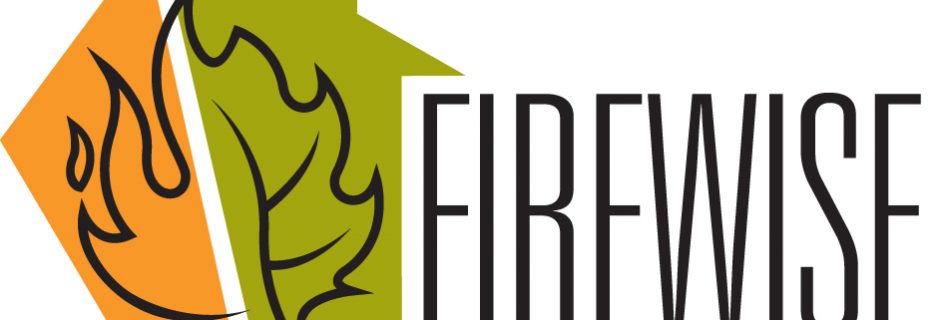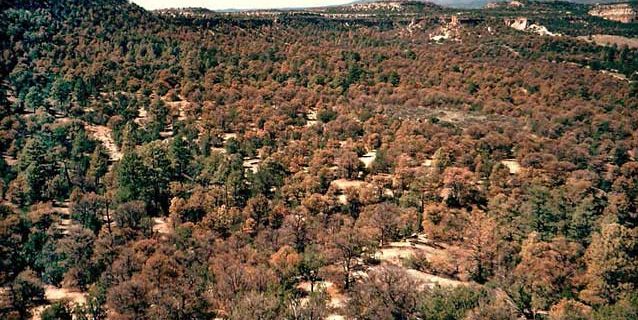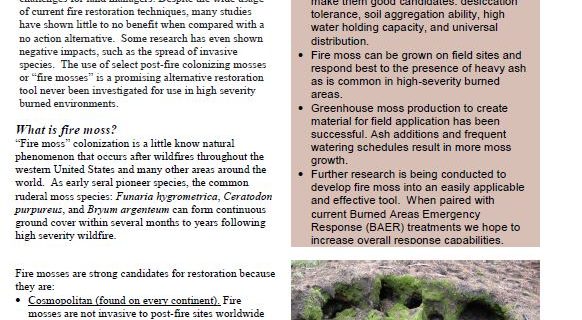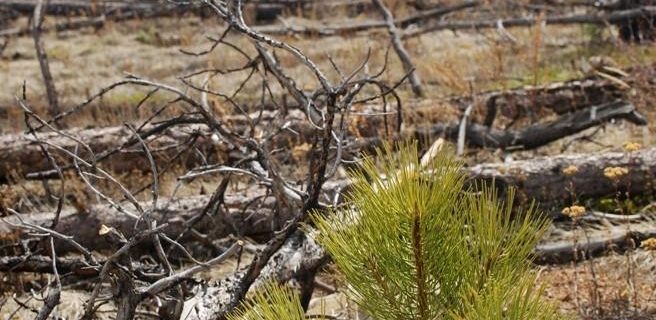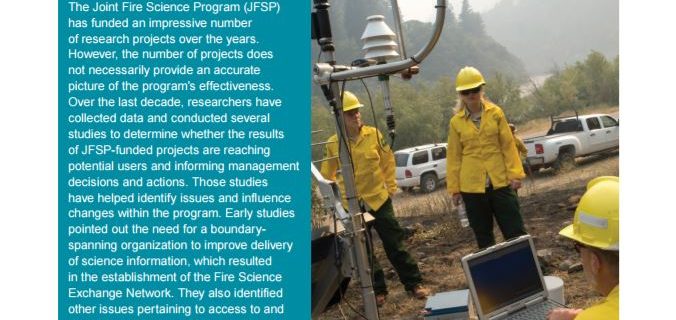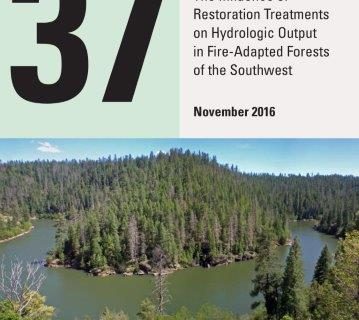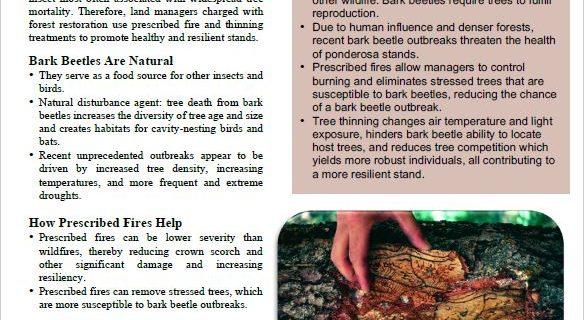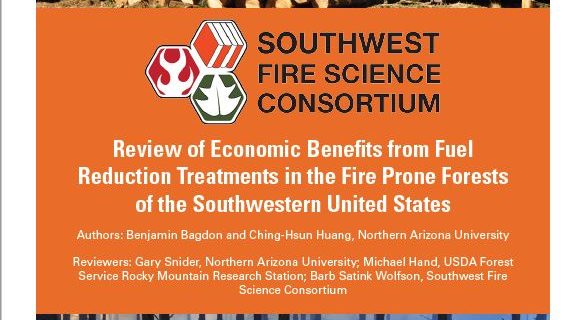March 30-April 1, 2017: New Mexico WUI Summit- Albuquerque, NM
Date: March 30-April 1, 2017 Location: Sheraton Airport Hotel The Wildland Urban Interface (WUI) Summit is a statewide traveling conference that is organized by representatives from state and federal agencies and local non-profits. The WUI Summit focuses on topics that teach local leaders, emergency responders, businesses, and citizens the science behind forest fires and what each player’s …
Read more “March 30-April 1, 2017: New Mexico WUI Summit- Albuquerque, NM”


